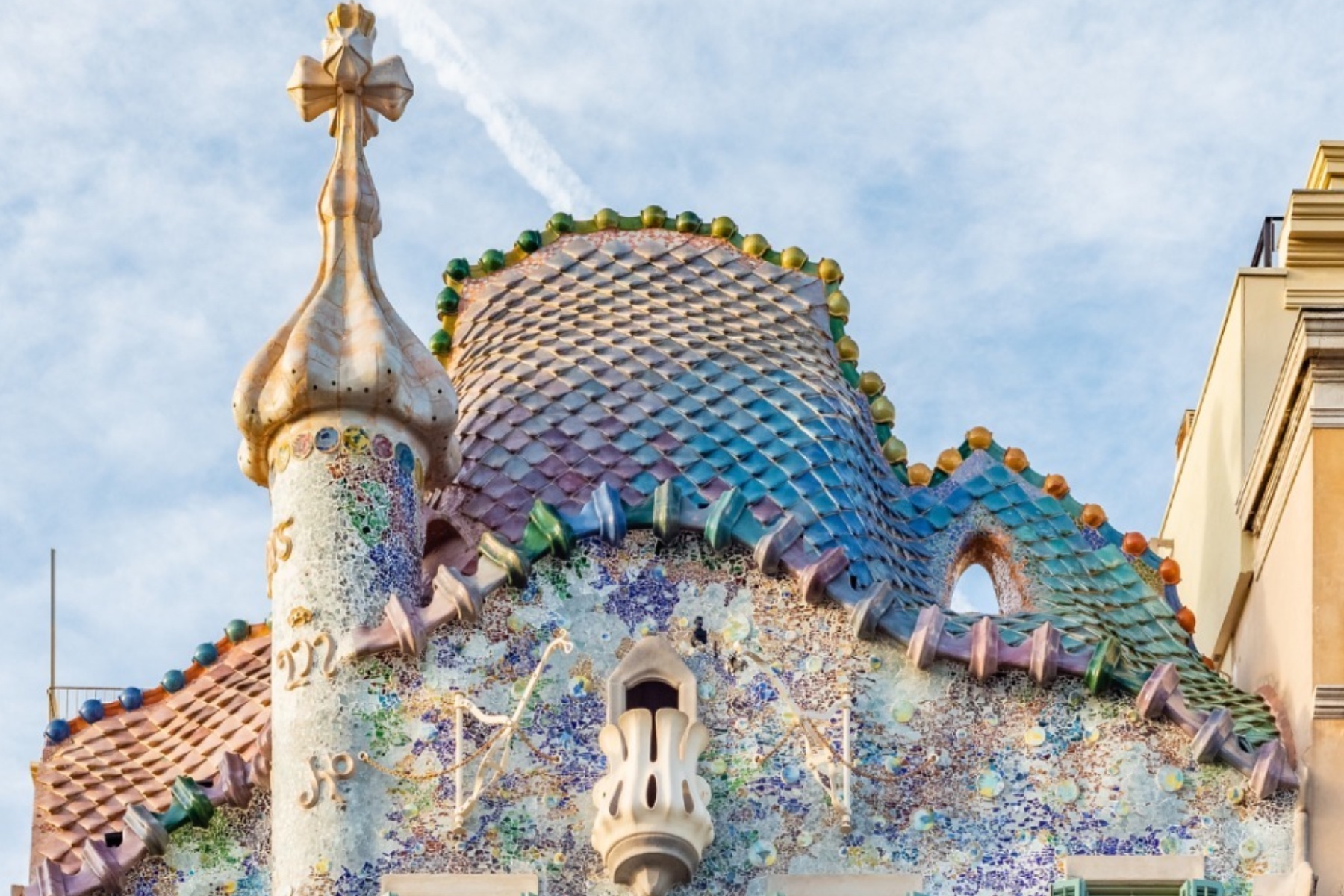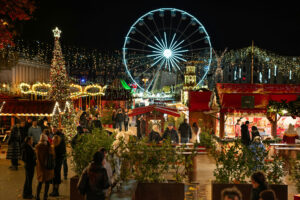Dragons hold a coveted place in the realm of mythical creatures – colossal and serpent-like, these creatures have perdured for centuries. They are legendary in a melange of cultures, perceived as benign in some and in others, evil; the attribute that remains consistent, however, is the dragons’ remarkable power. From European folklores where they symbolise chivalry to Eastern traditions where they herald fortune and wisdom, dragons manifest as forces to be reckoned with.
The word dragon derives from the Ancient Greek word drákōn (serpent) which in turn comes from the Greek verb dérkomai (‘I see’) and this is especially interesting as these great beasts are infamous for their unusually bright eyes and intense glance. But, not only do dragons possess gargantuan strength and stares that enchant, these fantastical creatures have such arresting visuals that are bound to leave all transfixed.
Beyond sparking the curiosity and imagination of many, these guardians of the supernatural have also found a special place within architecture. Across the world, many architectural projects have been erected, heavily inspired by dragons. Think, buildings shaped like dragons and some patterned with dragon-scales – it’s really as amazing as it sounds!
Here to bring much clearer images to your thoughts, below are five outstanding buildings inspired by dragons:
Vanke Pavillion
The architectural wonder designed by Daniel Libeskind in Milan, Vanke Pavilion was established as a corporate pavilion for Chinese residential real estate developer, Vanke.
The pavilion is shrouded in over 4,000 red metalized tiles designed by Libeskind in collaboration with the Italian ceramic tiles brand Casalgrande Padana. The intricately positioned geometric panels create a pattern that resembles the skin of a dragon. The pavilion’s cutting-edge panels flaunt sustainable self-cleaning and air purification properties. Making its appearance as close to a dragon as possible, Vanke Pavilion is shaped in a way that looks as if a dragon were twisting its massive frame. Polished with a metallic red hue, the three-dimensional exterior changes along with light and evolving perspectives.
House on the Cliff
A single glance at this structure is enough to fill you with immense awe. Nestled in Salobreña and looking over the Mediterranean Sea, the ‘House on the Cliff’ was constructed as a private commission by a couple who adored the scenic location. The hill upon which the house stands has an inclination of 42 degrees and further amplifying the project’s complexity was the request that all liveable spaces faced the waves. A combination of a challenging site and a constrained budget for an avant-garde idea was the perfect opportunity for architecture enthusiasts, GilBartolome Architects to parade their artistry – and they did precisely that.
The house’s distinctive shape draped in a metallic roof is reminiscent of a dragon’s skin – the incredible structure captures the appearance of the beast’s exterior so aptly that it nearly looks as if the texture has been duplicated as well. Bearing resemblance to a dragon’s skin as the beast winds, the House on the Cliff is just like its muse – supernatural.
Casa Batlló
The most renowned ode to the mythical beast, Casa Batlló is one of Antoni Gaudí’s greatest oeuvres. Raised in 1906, the grand residence-turned-museum lies in Barcelona where it boasts an intricate mosaicked exterior and a colourful rooftop that favours a dragon’s spine. Casa Batlló symbolises the legend of Saint George, the heroic patron of Barcelona who is claimed to have slain a dragon. With scaly-looking tiles upon the serpentine form, the structure is embellished with an erected spire that serves as the spear that was embedded in the dragon’s heart.
Donning a kaleidoscopic frontage, the interior of the building is nowhere less immaculate – one such highlight inside is a grand staircase – ‘Dragon’s Back Staircase’ – with a wooden handrail that unfurls as the sinuous curves similar to the spine of a dragon. The sheer splendour of Gaudi’s masterpiece evokes a feeling that the magical creature is lurking near as we wander around a building imbued with its influence.
Go.mir Guest House
A pleasant hostel burrowed in Jeju Island, the Go.mir Guest House is an ideal blend of modern and unique. Inspired by the famous tourist attraction, Yongdaum Rock – a basalt structure resembling a dragon’s head – the building is designed to picture this to a tee. The guest house is coated fully in black and protrudes simply as a dragon’s head from the ground – this inventive architecture is an undeniably eccentric representation of the fabled creature.
The Dragon Temple
The Wat Samphran Temple in Thailand is a rose-hued architectural gem. Honouring the 80 years that Buddha lived, the Buddhist edifice is a 80-metre tall cylindrical tower. A majestic green dragon sculpture wraps itself around the seventeen-storey wat – made of glass fiber and iron, the three-dimensional model coils from the base to the pinnacle. The entire complex comprises small temples and stunning monuments, including a bronze statue of the giant Buddha.
A one-of-its-kind structure, the Dragon Temple is worth visiting, both for its uniqueness as well as to relish the splendid landscape within which it stands.
Featured image by casabatllo on Instagram.










